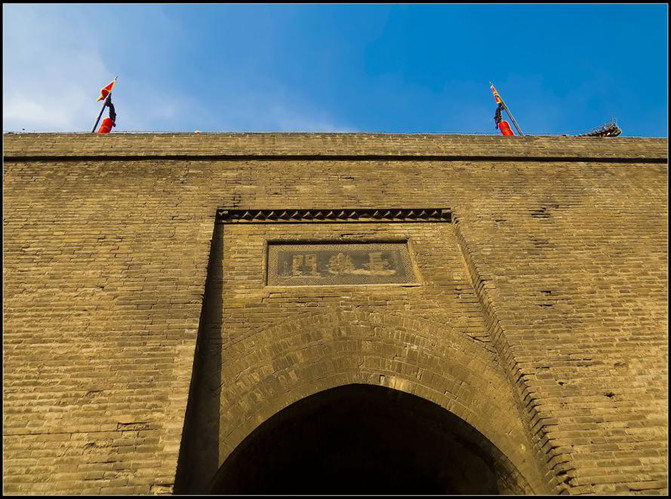What do you know about Xi'an tourism that locals don't know?
Xi'an is located in the center of China's inland plate and the starting point of the ancient Silk Road. It has a long history and culture. When tourists from all over the world shuttle through this thousand-year-old capital, they must not know the mysterious hidden knowledge points hidden here. Today, Xiaobian is here to teach you a class!
1. Is the Big Wild Goose Pagoda tilted?
Yes, you are not dazzled. The Big Wild Goose Pagoda is indeed slightly tilted, because long ago, due to factors such as overexploitation of groundwater, earthquakes, and war, the Big Wild Goose Pagoda failed to escape the fate of the "Ten Towers and Nine Inclined". However, with the strengthening of awareness of the protection of cultural relics and historic sites in recent years and the rapid development of science and technology, the Cultural Relics Protection Department of Xi'an City has attached great importance to the recharge of groundwater around the Big Wild Goose Pagoda, sealed more than 400 self-contained wells, and strived to make the Big Wild Goose Pagoda "tilted and normalized."

2. Is the name of Xi'an City Gate casually?
Of course not! The four east, south, west and north gates of the Xi'an City Wall are called Changle Gate, Anding Gate, Yongning Gate and Anyuan Gate. When connected, they form "Chang' an Yong 'an", expressing the society's yearning for a peaceful and stable life at that time.

3. Does Japanese really come from Shaanxi dialect?
During the prosperous Tang Dynasty, the Tang Dynasty was prosperous and had good relations with many foreign neighbors. It had close exchanges with the neighboring Japan at that time. Whether it was in cultural exchanges or economic circulation, it had an important impact on each other. Strictly speaking, Japanese does not come from Shaanxi dialect, but it has indeed been deeply influenced. There are about 700 pronunciations in Japanese that are similar to Xi'an dialect, known as "Tang Yin". In addition to language, the urban architectural plan of Kyoto Prefecture in Japan was built according to the pattern of Chang 'an City in the Tang Dynasty.

4. Why isn't the Shaanxi History Museum called the Shaanxi Province History Museum?
Why are museums in other provinces called "XX Provincial Museum", and Xi'an is also the provincial capital, but why is there no word "province"? The answer is actually very simple, because the Shaanxi History Museum is not a provincial-level museum. When it was completed and opened in 1991, it was characterized as a national-level museum. It has a very high status, so it is not suitable for the word provincial!

5. What is different about Metro Line 2?
Xi'an Metro Line 2 is different from other lines. It is the world's first subway project built in loess areas and has special meanings. During the construction process, it also faced considerable problems, because it passed directly under the bell tower. In order to prevent the bell tower from collapsing, it was only possible to lay extremely expensive shock absorbing springs and assist reinforced concrete columns to reduce the pressure brought by the ground. Vibration, at the same time, the underground turntable road at the 14 underground exits of the bell tower also made many foreign tourists confused and unable to get out.

There are so many tourist attractions in Xi'an, and each place has cultural stories that can be traced back thousands of years. It can't be told for three days and three nights. What other "hidden knowledge points" do you know about Xi'an? Leave a message and tell Xiaobian ~
Previous Article:With all the stars gathered and big names gathered, why does Xi'an attract so many big names?
